Tanzania’s coastline stretches along the Indian Ocean, offering a mix of stunning beaches, rich history, and vibrant culture. While many travelers focus on safaris and Kilimanjaro, the coastal regions provide a unique experience, blending Swahili culture, ancient trade routes, and breathtaking natural beauty.
1. Dar es Salaam: The Bustling Coastal Hub
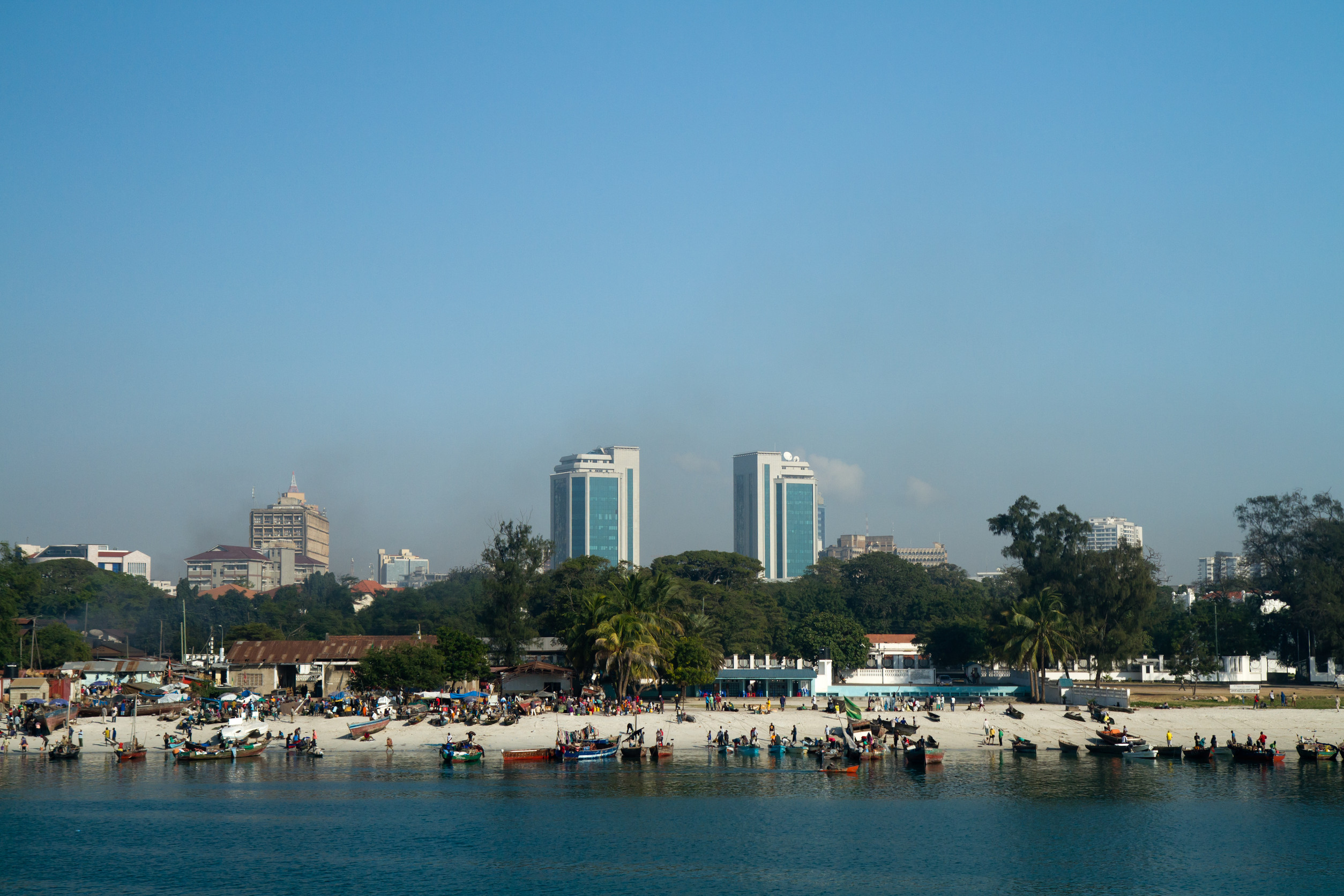
As Tanzania's largest city and principal port, Dar es Salaam is a gateway to the nation's coastal regions and islands. While most travelers pass through on their way to Zanzibar or the safari destinations, the city itself has plenty of vibrant culture, historical sites, and beautiful beaches that make it well worth a visit. With its blend of modern infrastructure and traditional markets, Dar es Salaam presents a unique experience for visitors who take the trouble to tour its attractions.
Major Points of Interest in Dar es Salaam
Coco Beach – Located on the Msasani Peninsula, Coco Beach is a popular spot with both locals and tourists. Visitors go there to relax by the beach, enjoy the lively ambiance, sample delicious Tanzanian street foods, and live music performances, especially on weekends.
Bongoyo Island – A quick boat ride from Slipway, Bongoyo Island is a marine reserve and offers an escape from the city noise. The island boasts white sandy beaches that are unspoiled, crystal clear turquoise water, and excellent snorkeling with the possibility of seeing colorful marine life.
National Museum of Tanzania – The museum offers a glimpse into Tanzania's illustrious history and culture. Exhibitions range from the nation's colonial history, struggle for independence, traditional tribal culture, and even the renowned fossils unearthed by Dr. Louis Leakey in Olduvai Gorge, which are significant to the understanding of early human evolution.
Kivukoni Fish Market – One of the liveliest spots in Dar es Salaam, Kivukoni Fish Market provides visitors with a glimpse into the daily life of local fishermen. Here, you can watch fishermen offloading fresh catch, observe the action-filled seafood auctions, and even savor freshly grilled fish and other seafood treats right by the sea.
2. Zanzibar: The Spice Islands
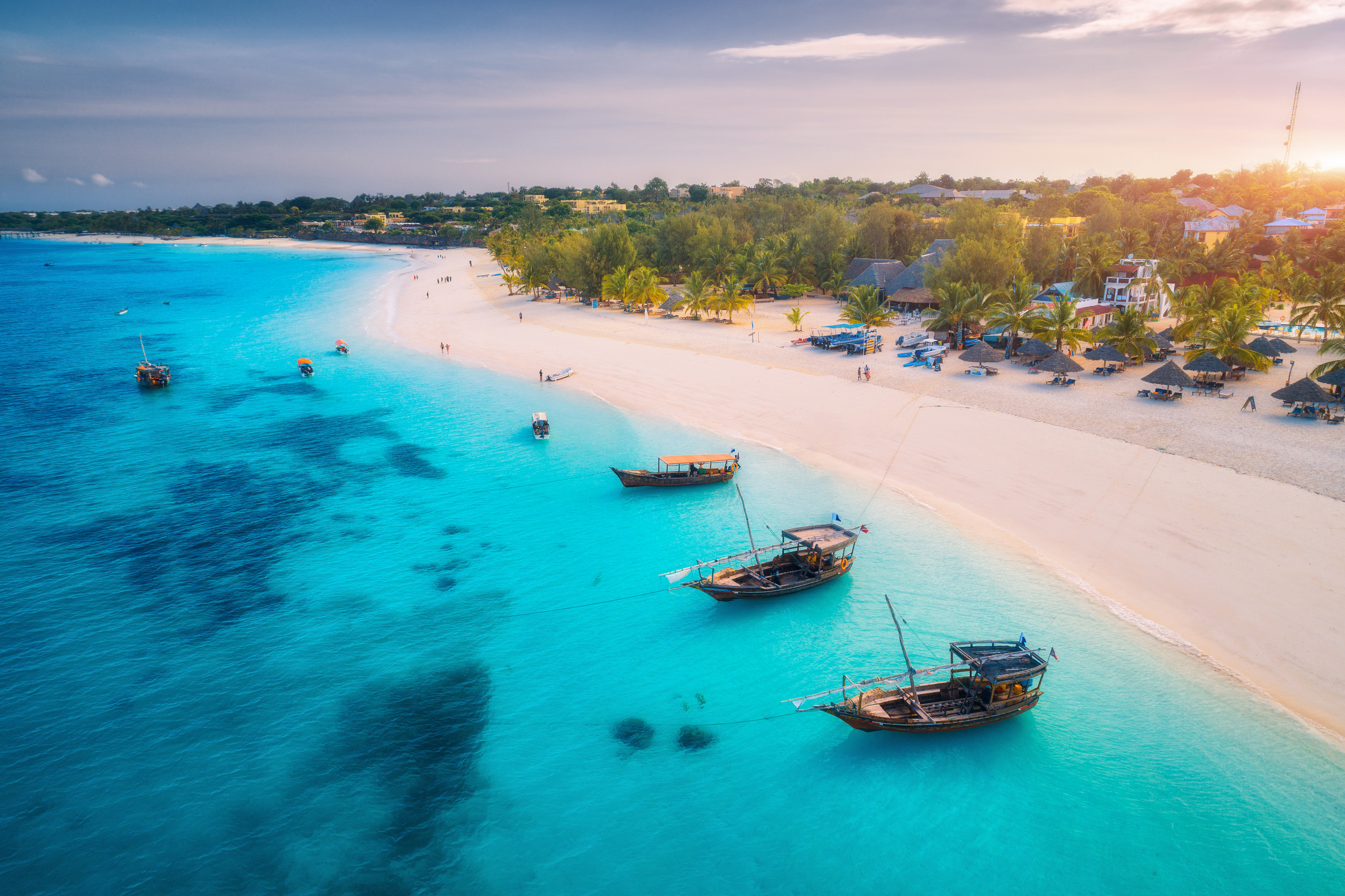
Zanzibar, an archipelago off the coast of Tanzania, is the country's most famous coastal getaway, beckoning travelers with its snow-white beaches, crystal-clear turquoise waters, and rich cultural heritage. Zanzibar, also known as the "Spice Islands," has been a significant trading hub for centuries, and its Arab, Persian, Indian, and European heritage is reflected everywhere. From relaxation to adventure to culture, Zanzibar is an unforgettable experience.
Primary Attractions of Zanzibar
Stone Town – This UNESCO World Heritage Site is the center of Zanzibar's history and culture. Through its labyrinthine narrow streets, centuries-old structures, and unique fusion of architectural styles, visitors can explore such landmarks as the House of Wonders, the Old Fort, and the Sultan's Palace. The bustling Darajani Market and busy waterfront round out the town's appeal.
Prison Island (Changuu Island) – A quick boat ride from Stone Town, Prison Island is famous for its huge Aldabra tortoise population, with some of the tortoises over 100 years old. The island also boasts lovely beaches and crystal-clear waters, making it a great spot for snorkeling and sunbathing.
Nungwi and Kendwa Beaches – Located in north Zanzibar, these beaches have powdery white sand, lively nightlife, and beautiful sunsets. Nungwi is a busy fishing village with a lot of water sports, whereas Kendwa offers a more laid-back atmosphere, perfect for relaxation and beach parties.
Spice Tours – Zanzibar's spice plantations are a must-visit for those interested in the island's history as a global spice trading hub. Guided tours enable tourists to learn about cloves, vanilla, nutmeg, and other aromatic spices, as well as how they are used in cooking and local medicine. Most tours also include tastings and the opportunity to buy fresh spices directly from the farms.
3. Bagamoyo: The Historical Coastal Town
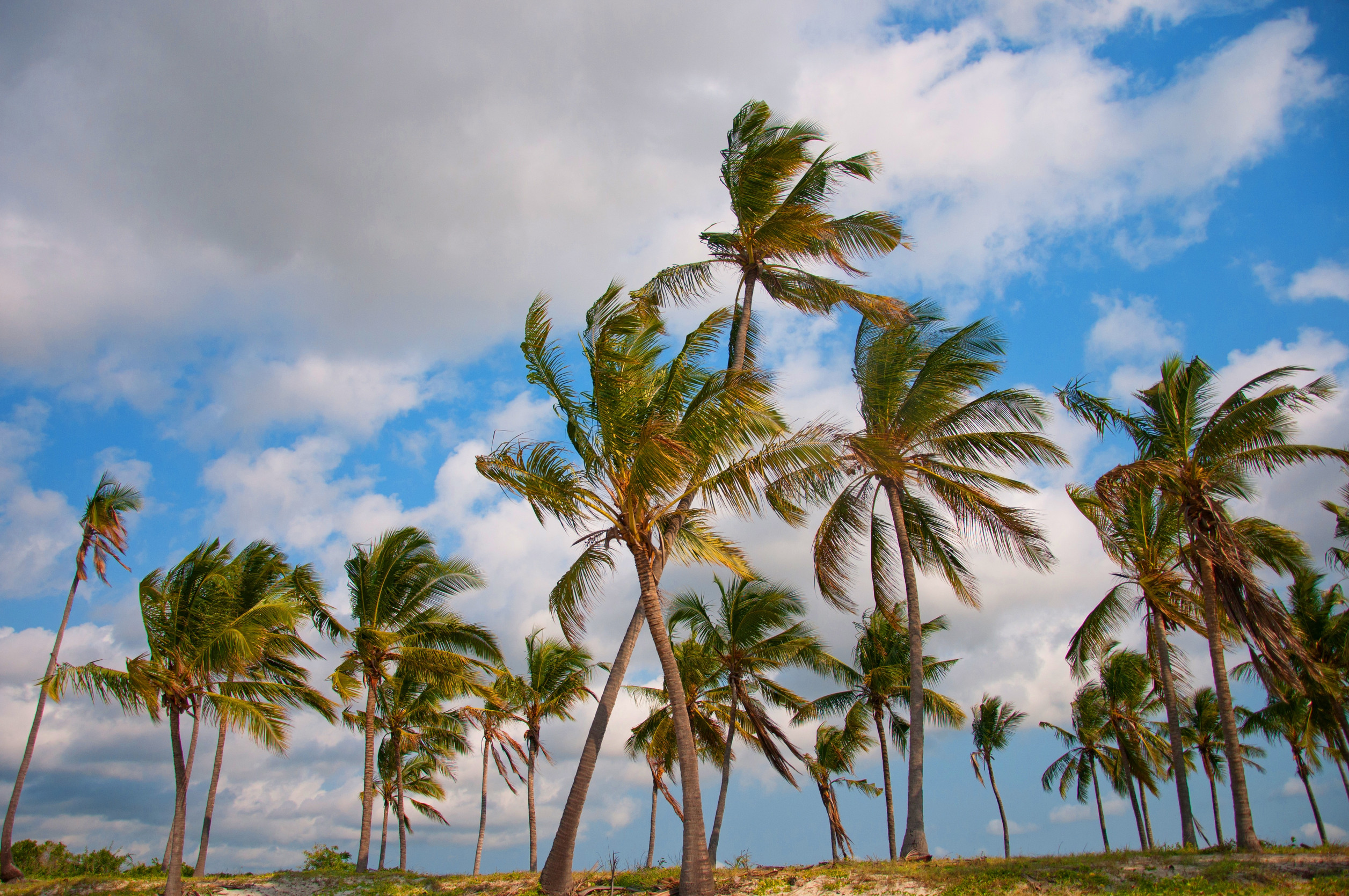
Bagamoyo, a coastal town located about 75 km north of Dar es Salaam, holds significant historical and cultural importance. Once a major trading port in the 19th century, Bagamoyo was a central hub for the East African slave and ivory trade, as well as a key point for the spread of Swahili culture. Today, the town is a fascinating destination where history, culture, and nature come together, offering visitors a glimpse into Tanzania’s past while enjoying its scenic coastal beauty.
Top Attractions in Bagamoyo
- Bagamoyo Old Town – A walk through Bagamoyo’s Old Town reveals remnants of its colonial and Swahili past. Visitors can explore the ruins of German colonial buildings, historic mosques, and traditional Swahili-style houses that reflect the town’s rich heritage. The town’s narrow streets and aged architecture transport visitors back to a time when Bagamoyo was a thriving trade center.
- Kaole Ruins – These ancient ruins, located a few kilometers from Bagamoyo, date back to the 13th century. They include remnants of Persian tombs and one of the oldest mosques in East Africa, offering insight into the early influences of Islam and trade in the region. The site provides a fascinating look at the connections between East Africa and the Middle East.
- Caravan Serai Museum – This museum offers a deep dive into Bagamoyo’s history, particularly its role in the East African slave trade. Exhibits include artifacts, photographs, and historical accounts detailing the experiences of those who passed through Bagamoyo on their way to the slave markets in Zanzibar and beyond. The museum also highlights the influence of Christian missionaries who sought to abolish the trade.
- Saadani National Park – The only coastal national park in Tanzania, Saadani offers a unique blend of wildlife and beach scenery. Visitors can see elephants, lions, giraffes, and hippos near the Indian Ocean, making it the only place in East Africa where you can enjoy both a safari and a beach experience in the same location. The park is ideal for those looking to explore Tanzania’s natural beauty away from the usual tourist crowds.
4. Pangani: The Undiscovered Coastal Gem
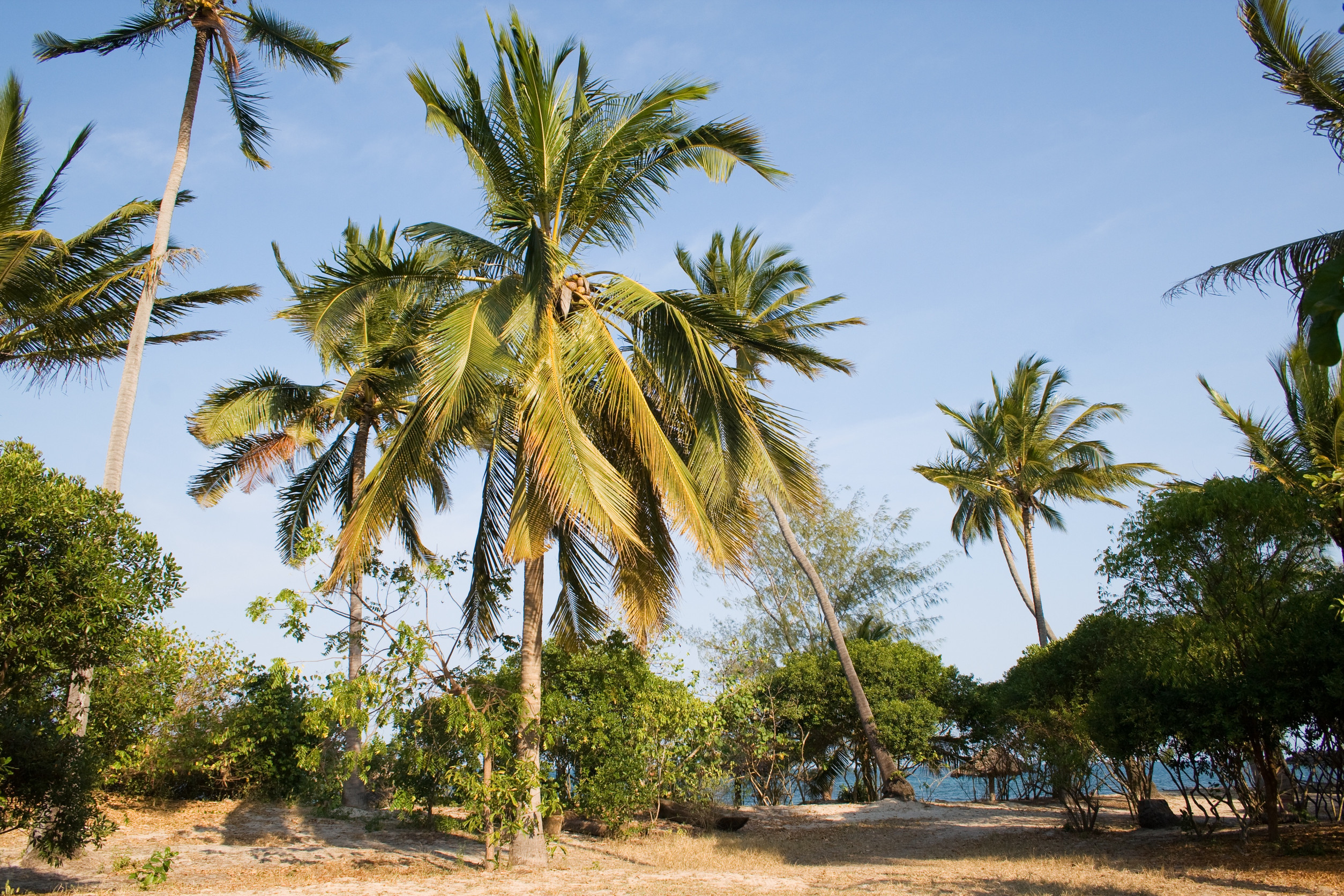
Pangani is a small serene coastal town found in northern Tanzania, and it is an undeveloped tourist paradise for one who wants to escape from the common tourist attractions. Pangani originated in the 18th century as a very busy center for trade, notably in the slave and spice business. Today, it is one of the hidden gems that attract tourists with magnificent beaches, diversified culture, and abundant marine life. Whether you’re interested in history, nature, or simply unwinding by the ocean, Pangani provides an authentic coastal experience.
Top Attractions in Pangani
Pangani River – Pangani River starts at Mount Kilimanjaro and drains into the Indian Ocean, and in between has a very lush ecosystem along its banks. A boat river safari is a chance to spot crocodiles, other birds, and thriving mangrove forests. It is also significant to local fishing communities whose livelihood depends on its waters.
Maziwe Island Marine Reserve – A short boat ride from Pangani, the marine reserve of Maziwe Island is the paradise for snorkelers and divers. Maziwe Island's coral reefs are teeming with marine animals, including tropical fish, sea turtles, and coral formations. The island is a sandbank that disappears with high tide, so it's a magical treat for visitors.
Pangani Old Town – This is the town's historical part with the well-preserved colonial architecture and Swahili houses that reveal its past glory as a prominent center of trade. One can walk in the narrow streets and notice remnants of German, Arab, and British influences, evidence of the town's cultural richness.
Ushongo Beach – With its location being one of the most secluded beaches in Tanzania, Ushongo is perfect for relaxing in a peaceful and pristine setting. Gentle white sand, crystal clear waters, and few visitors provide the perfect ambiance for a swim in the sea, sunbathing on the beach, or walking leisurely along the beachside. There are comfortable eco-lodges and seaside resorts to book your accommodation.
5. Mafia Island: A Diver’s Paradise
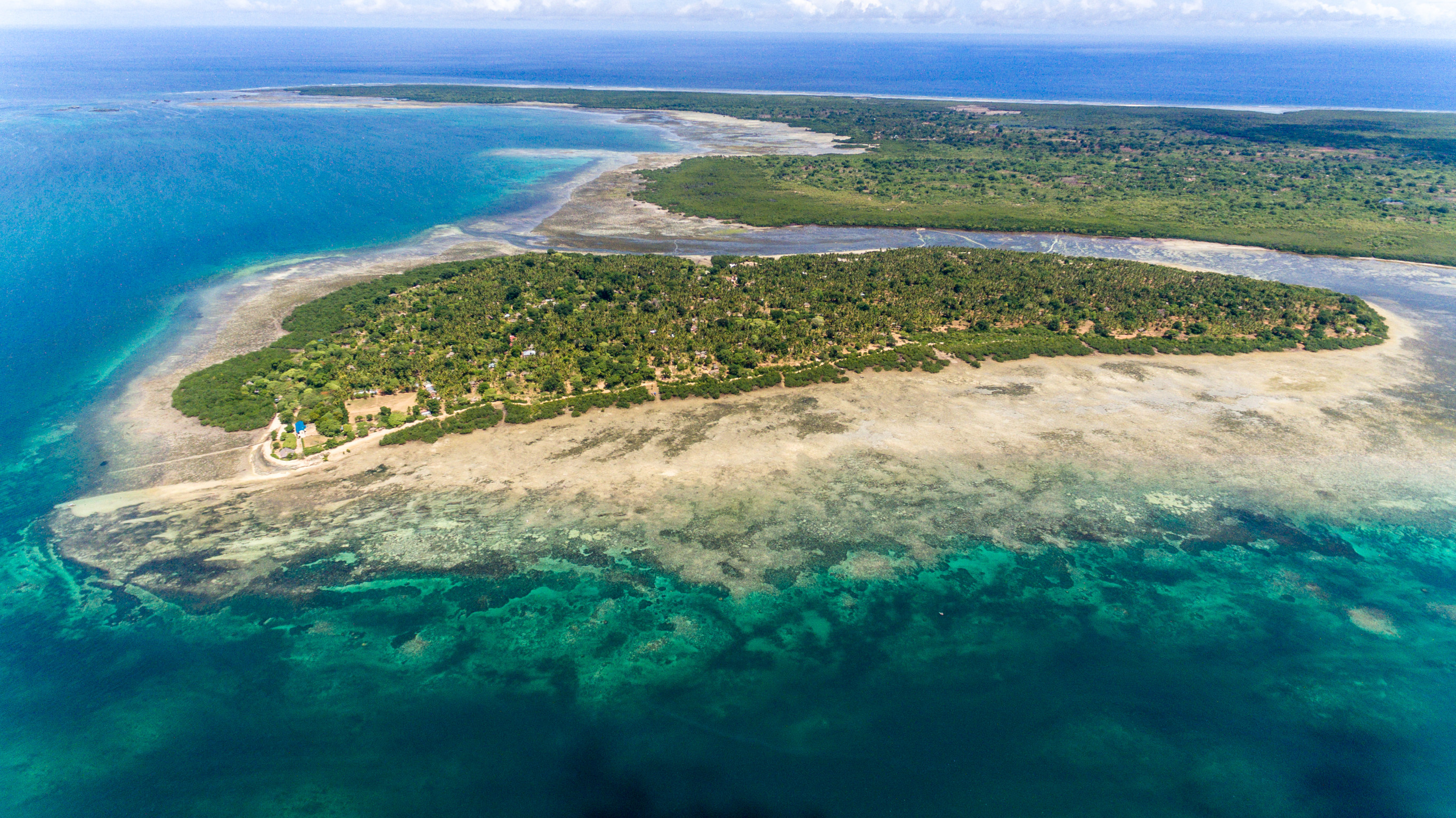
Mafia Island, part of the Mafia Archipelago, is an unspoiled tropical paradise located off the coast of Tanzania. Unlike its more famous neighbor, Zanzibar, Mafia Island remains relatively untouched by mass tourism, making it an ideal destination for travelers seeking tranquility and exceptional marine experiences. The island is particularly known for its world-class diving, vibrant coral reefs, and opportunities to swim with whale sharks. With a mix of marine conservation, historical sites, and breathtaking natural beauty, Mafia Island is a hidden gem waiting to be explored.
Top Attractions in Mafia Island
- Mafia Island Marine Park – Covering over 800 square kilometers, this marine park is one of the most biodiverse marine ecosystems in the Indian Ocean. The coral reefs are home to hundreds of fish species, sea turtles, and vibrant underwater landscapes, making it a top destination for snorkeling and scuba diving.
- Swimming with Whale Sharks – From October to March, Mafia Island becomes one of the best places in the world to see and swim with whale sharks. These gentle giants, the largest fish in the ocean, can often be found feeding in the plankton-rich waters near the island, offering an unforgettable snorkeling experience.
- Juani Island and Kua Ruins – A short boat ride from Mafia, Juani Island is home to the historic Kua Ruins, remnants of an ancient Swahili settlement that date back centuries. The island is also known for its scenic mangrove forests, which can be explored by boat or kayak.
- Chole Island – A tiny island with deep historical significance, Chole is home to the ruins of a once-thriving Arab trading settlement. Today, it is also known for its conservation efforts, particularly for flying fox bats, a species of large fruit bats that inhabit the island. Visitors can learn about the conservation project while enjoying the island’s peaceful, car-free environment.
6. Kilwa: The Ancient Swahili Kingdom
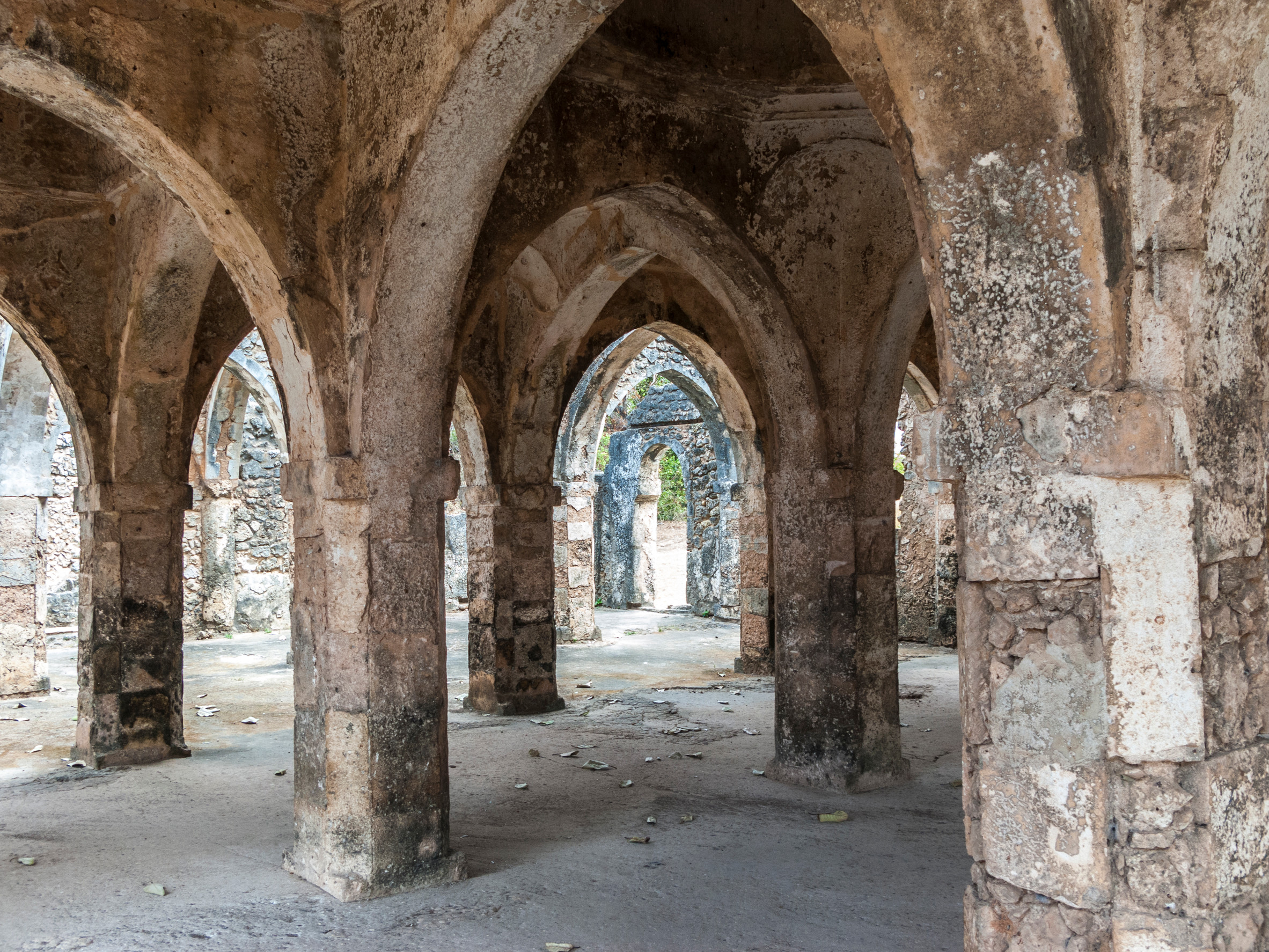
Kilwa, located along Tanzania’s southern coast, was once one of the most powerful trading hubs on the East African coast. At its peak, Kilwa controlled trade in gold, ivory, and spices, attracting merchants from Arabia, Persia, and India. Today, the region’s rich history is reflected in its well-preserved ruins, making it a UNESCO World Heritage site and a must-visit destination for history enthusiasts and cultural explorers. The combination of historical sites, beautiful beaches, and excellent marine activities makes Kilwa a unique and fascinating place to visit.
Top Attractions in Kilwa
Kilwa Kisiwani Ruins – This historic island was once the center of a powerful Swahili trading empire. Visitors can explore the Great Mosque, one of the oldest mosques in sub-Saharan Africa, the Husuni Kubwa Palace, an elaborate royal residence, and several old forts that tell the story of Kilwa’s rise and fall.
Kilwa Masoko Beach – A serene and unspoiled beach with golden sands and crystal-clear waters. This is the perfect spot to relax, enjoy the ocean breeze, and take in the beauty of the coastline.
Snorkeling and Fishing – The waters around Kilwa offer rich marine biodiversity. Visitors can enjoy snorkeling among coral reefs teeming with colorful fish or take part in traditional fishing experiences with local fishermen.
Best Time to Visit Tanzania’s Coastal Regions
Tanzania’s coastal regions, including Zanzibar, Dar es Salaam, Bagamoyo, and Mafia Island, experience tropical weather with warm temperatures throughout the year. However, the best time to visit depends on the activities you plan to enjoy.
- June to October – This is the cooler and drier season, making it the ideal time for beach activities, sightseeing, and exploring historical sites. The humidity is lower, and the temperatures are more comfortable for outdoor adventures. It’s also a great time for wildlife viewing in coastal national parks like Saadani.
- December to February – This period is hot and dry, making it perfect for diving, snorkeling, and other marine adventures. The clear waters provide excellent visibility for underwater activities, and this is also the best season for swimming with whale sharks in Mafia Island.
While the coastal regions can be visited year-round, it’s best to avoid the long rainy season (March to May) when heavy rains and strong winds can affect travel plans and marine excursions.
How to Travel Along the Tanzanian Coast
Exploring Tanzania’s coastal regions is made easy with various transportation options catering to different budgets and travel preferences.
- By Bus – Several reliable bus companies operate routes connecting Dar es Salaam with Bagamoyo, Pangani, and Kilwa. While budget-friendly, bus travel can take longer due to road conditions and multiple stops along the way.
- By Ferry – Ferries are the most popular way to travel between Dar es Salaam and Zanzibar, with multiple daily departures. Additionally, ferries operate routes to Mafia Island, but schedules may vary depending on the season and weather conditions.
- By Domestic Flights – For faster travel, domestic airlines offer flights from Dar es Salaam to Zanzibar, Mafia Island, and Kilwa. These flights significantly cut travel time and are ideal for those with limited schedules.
- By Private Car – Renting a car provides flexibility and convenience, especially for visiting Bagamoyo, Pangani, and Kilwa, where public transport can be less frequent. This option is best for travelers looking to explore at their own pace.
Each transportation mode offers a unique experience, so choosing the right one depends on your budget, schedule, and travel preferences.